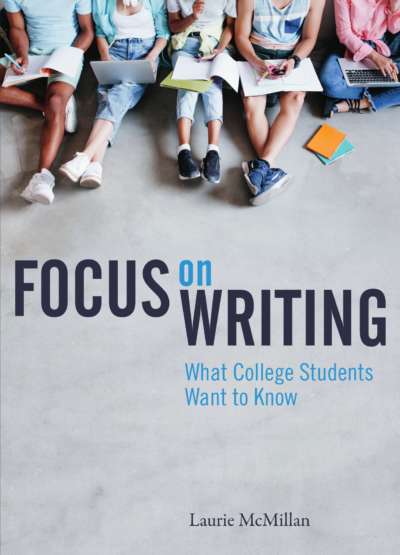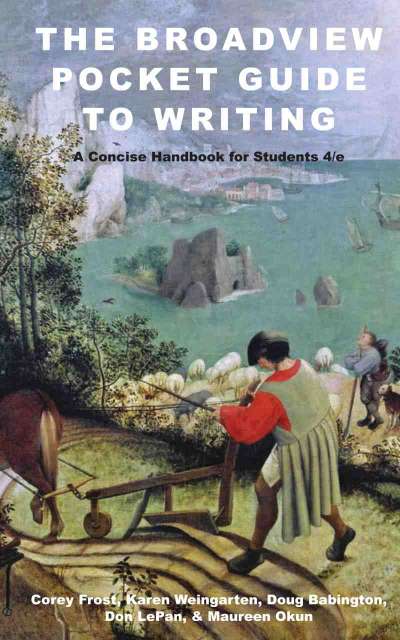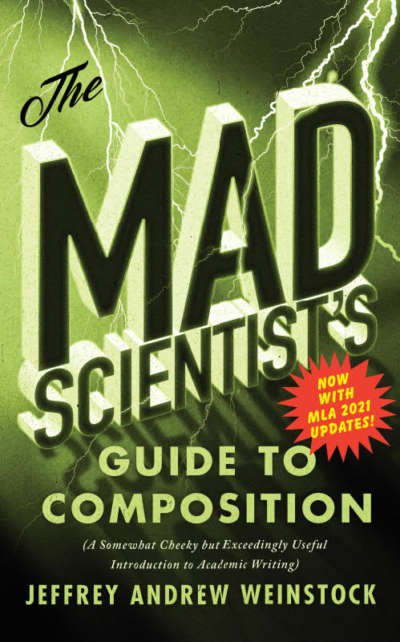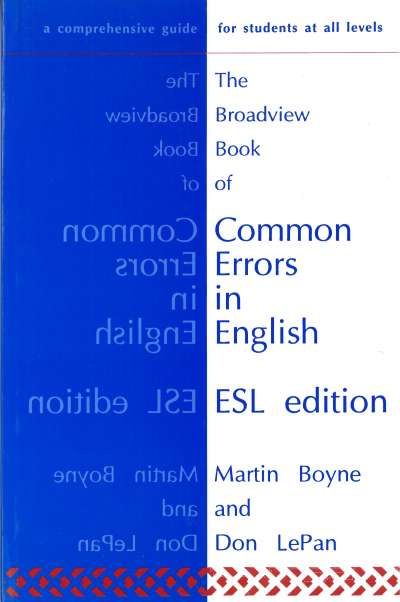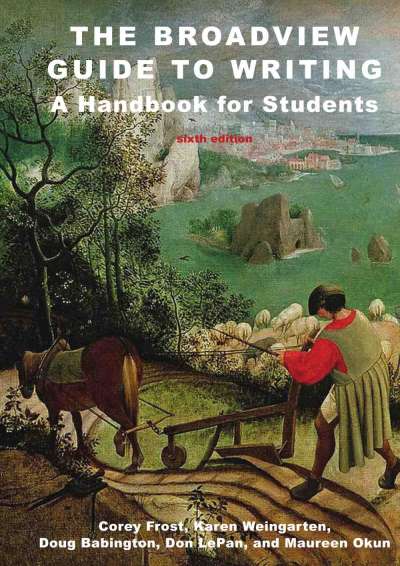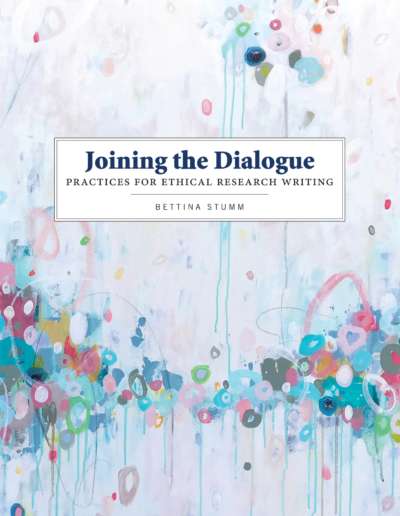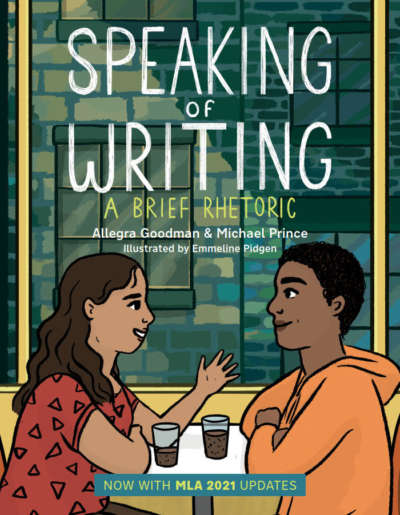While students today have access to more sources of information than ever before, they are not necessarily equipped to make informed judgments about those sources. Teaching students to evaluate sources has become even more challenging in the last year, as issues regarding fake news and “alternative facts” have become a heated matter in conversations taking place in the public sphere.
The book will present students with a set of tools that they can use to evaluate any source that they encounter. In addition to learning how to use sources in their writing, students who read Who’s Your Source? will become more savvy consumers of the sources they encounter in their daily lives.
Comments
“This streamlined and highly accessible book covers all the essentials of research, both within libraries and elsewhere, including print and non-print materials, checklists, and guidelines. Using a clear and easy-to-follow conversational style, the authors manage to avoid the dry quality so often found in how-to guides. In straightforward yet precise detail and depth, Melissa Bender and Karma Waltonen nicely connect the mechanics of composition with the considerations integral to the research process, using frequent questions and answers to effectively illustrate research and writing techniques. Overall, Bender and Waltonen’s work provides a variety of educational approaches and considerations to improve students’ research and writing skills. This is an excellent resource for educators!” — Roberto C. Delgadillo, University of California, Davis
“Who’s Your Source? is a timely textbook. With chapters on academic sources as well as student-preferred sources (internet, Wikipedia), it addresses the search process and the use (and misuse) of logic and reasoning in assessing sources. It draws on engaging examples from science, politics, and contemporary media (from John Oliver to Monty Python) to help students work through the differences between news and fake news, the uses of evidence, the reliance on forms of visual rhetoric, and the value of testimony from people. It is forthright in its challenge to misleading information and shoddy research. Its discussion of academic genres and procedures is especially thorough. Each chapter offers rich cases for students to work through, sample student papers, discussion questions, and suggestions for projects.” — Jean Ferguson Carr, University of Pittsburgh
Acknowledgements
Introduction: Or, What The Simpsons Can Teach Us about Sources
ONE The Other Three Rs: A Three-Part Evaluation Strategy
- A. Introduction to Rhetoric
- B. Rhetorical Appeals: Logos, Ethos, Pathos
- C. Rhetorical Situation: Genre, Audience, Purpose, Context
- D. Reality Check
- E. The Three Rs in Action: A Sample Source Evaluation
TWO Evaluating Academic Resources
- A. Introduction
- B. Why Do We Use Academic Resources in Our Writing?
- C. Test Your Current Knowledge about Academic Resources
- D. Peer Review
- E. Academic Genres
- F. How to Use Academic Sources Ethically and Effectively
- G. The Three Rs in Action: A Sample Source Evaluation
- H. Student Writing Sample
THREE Evaluating Non-academic Resources
- A. Introduction: How to Tell the Difference between Reliable and Non-reliable Resources
- B. To Google or Not to Google?
- C. Is Wikipedia Reliable?
- D. How to Spot Fake
- E. Other Kinds of Non-academic Sources
- F. The Three Rs and Non-academic Resources
- G. How to Use Non-academic Resources Ethically and Effectively
FOUR Logical Fallacies
- A. Introduction
- B. Logos Fallacies
- C. Pathos Fallacies
- D. Ethos Fallacy
- E. Avoiding Fallacies
- F. Locke’s Lesson in Logic
FIVE The Search: The Research Process
- A. Introduction
- B. Why Your Librarian Is Better Than Google (Scholar)
- C. How to Find Academic Sources
- D. How to Find Non-academic Sources
- E. Notes on Notes
SIX Other Sources: Interviews, Focus Groups, and Surveys
- A. Introduction
- B. The Value of Interviews and Focus Groups as Sources
- C. Effective and Ethical Procedures for Conducting Interviews
- D. The Value of Surveys as Sources
- E. Survey Genres: Naturalistic Observation, Questionnaires, Likert Scales
- F. Effective and Ethical Procedures for Conducting Surveys
- G. How to Use Interviews and Surveys Effectively in Your Writing
SEVEN Visual Rhetoric
- A. Introduction
- B. Charts, Tables, and Graphs
- C. Ethics and Visual Representations of Data
- D. Guidelines for Evaluating and Creating Effective and Ethical Charts, Tables, and Graphs
- E. Illustrations, Photos, and Videos
- F. Ethics and Visual Images
- G. Guidelines for Evaluating Images and Using Them Ethically
EIGHT Using Sources to Support and Develop Your Argument
- A. Introduction
- B. How Professional Writers Use Sources for Research
- C. Your Research Question, Your Sources, and Your Writing Anxiety
- D. How Professional Writers Use Sources in Their Writing
- E. Student Writing Sample
- F. Mind the Gap
- G. Chapter Recap
NINE Ethical Writing Is Good Writing
- A. Introduction
- B. How to Create Flow
- C. Summary and Paraphrase versus Plagiarism
- D. Citation Practices
- E. Footnotes, Endnotes, and the Rest
- F. Over and Underciting
- G. What You Need to Look Up
Works Cited
Permissions Acknowledgements
Index
Melissa M. Bender and Karma Waltonen are Senior Lecturers in the University Writing Program at the University of California, Davis.
A companion website for students includes exercises, additional sample student papers, and links to resources discussed in the book. The site can be found here.


